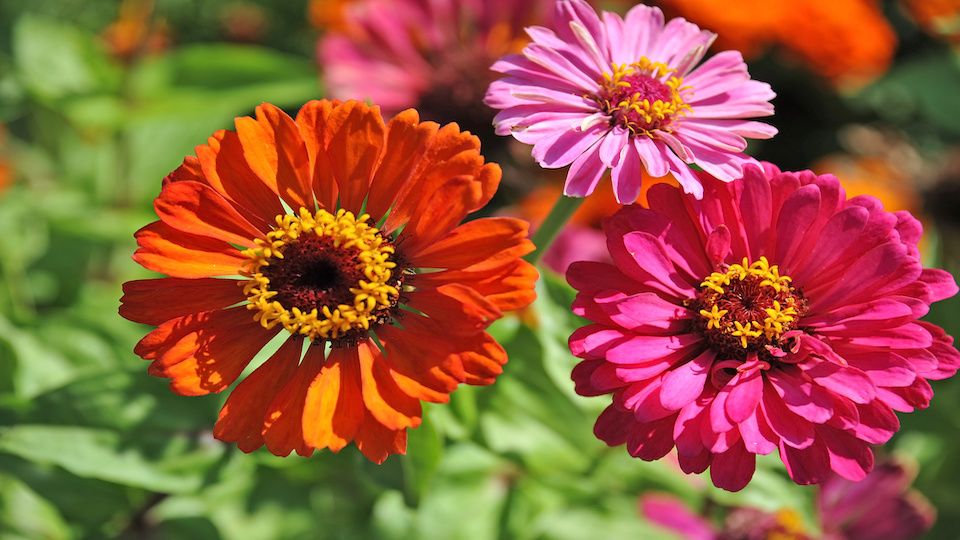Experienced gardeners are all across the board regarding annuals, and it can often be challenging to sort through all the noise and figure out just when these temporary plants should have a place in your shopping cart. Here are a few dos and don’ts when it comes to the alluring (yet fleeting) eye-candy of the garden.
It is finally spring, and the home improvement stores and nurseries are carefully arranging their most colorful plants in pleasing displays that catch your eye and distract you from your single-minded purpose of picking up a few bags of mulch. Don’t fret. We’re all guilty of being lured in by those bright marigolds, geraniums, and hanging baskets of petunias. However, blowing your precious gardening budgets on plants that don’t contribute anything in the long term can be a fatal mistake for novice gardeners.
That’s not to say that annuals are always a waste of money. Here are a few ways to really make those annuals work for your garden…and your wallet.
When should you buy annuals
To brighten up a front porch or patio
I won’t deny it, annuals often have more vibrant color and simply add more to your outdoor living space than a pot of perennials. Try incorporating both into your planters by placing a focal perennial, such as an ornamental grass in the middle of the pot and filling the edges in with a few annuals to make an eye-catching display.
Buy annuals that haven’t bloomed
It can be tempting to go for the biggest annual with the most blooms. In reality, this plant has now spent all of its beauty in an empty garden center and won’t bring much to your yard. It may last for a few weeks, but it won’t have the staying power of an annual that hasn’t bloomed yet. Look for the healthy, compact (not lanky) plants that have early signs of budding. These will handle the transplant better and focus energy on taking root first rather than displaying spectacular blooms. Sure, this doesn’t work if you need immediate color, but it certainly makes your investment worth it.
Plant seeds instead of young plants
Once again, this method takes a measure of self-control and patience and will have you waiting excitedly to see your pretty plants pop up. Planting annuals from seed is probably the best route you can take to get more bang for your buck. One small seed packet will cost just a few dollars yet be filled with hundreds of seeds that can be sown directly in the garden after the danger of frost has passed. Compare this to the same amount of money that you could spend on a single, flashy annual once it has reached maturity and the choice seems like a no-brainer. Refer to the seed packet for ideal sowing times and space seeds according to the instructions.
Collect seeds
This is one of the most invaluable lessons any gardener can learn. Once the weather begins to cool and the thrill of the summer garden has faded, start keeping an eye on your spent annuals for dying blooms heavy with a bounty of seeds. Store your seeds over the winter in paper pouches, mason jars, or zip-loc bags and in the spring you can sow them back into your garden for an even more abundant year of breathtaking annuals. This also allows you to share and trade seeds with your fellow gardeners and can help you to bring in all sorts of new and exciting flowers…without spending a dime.
Use them as filler
When your garden is in its first few seasons, it can be a little disheartening to see those small, sad, lonely perennials with that wash of empty space in between. Of course, it is essential that you leave this space between your perennials as they will quickly grow up in the first few years. But no one wants a barren, desolate-looking garden. Even if it is temporary. Pop a few annuals into that unoccupied soil to liven up your garden for the summer as your perennials slowly mature.
Do you think annuals are a waste of money? Let us know in the comments below!
-Taylor Ramsey




